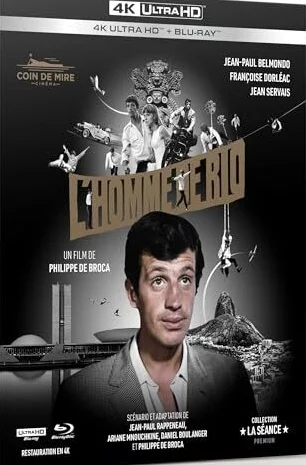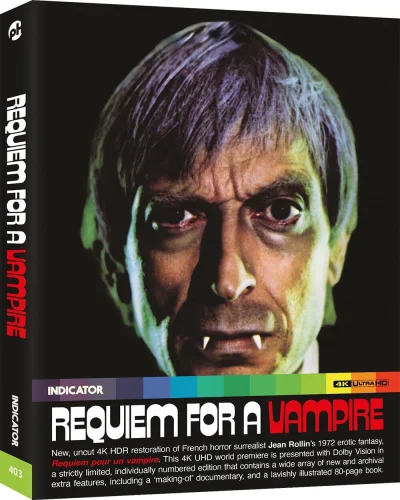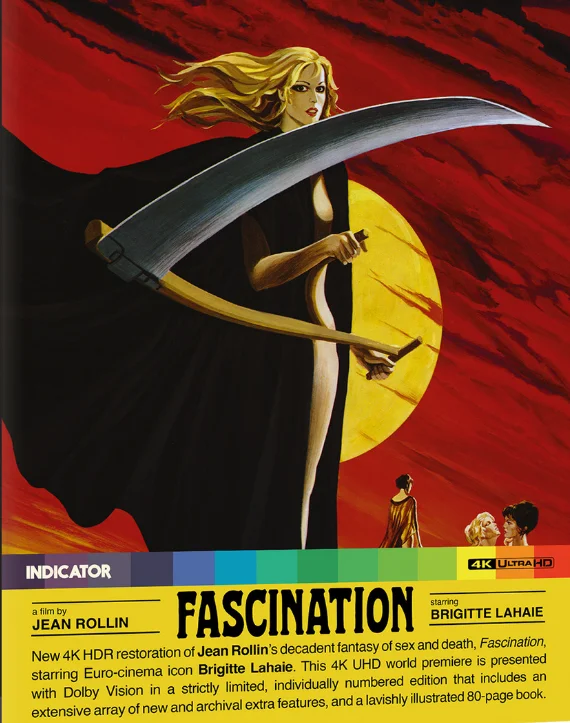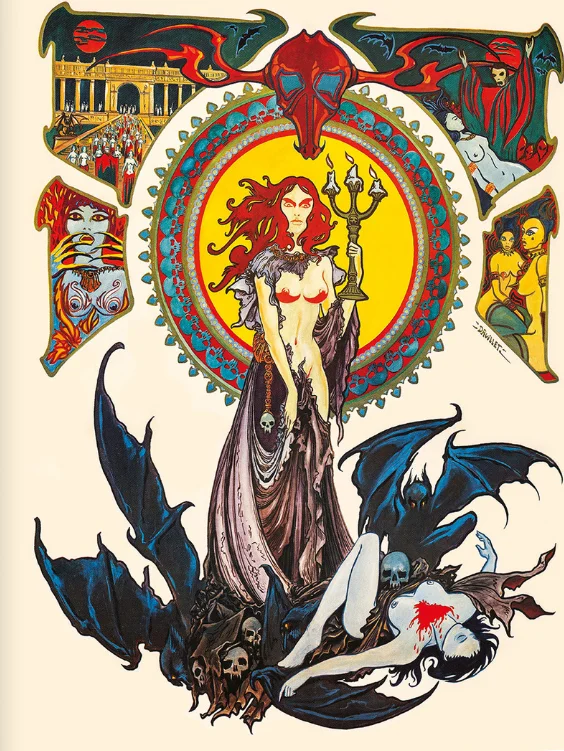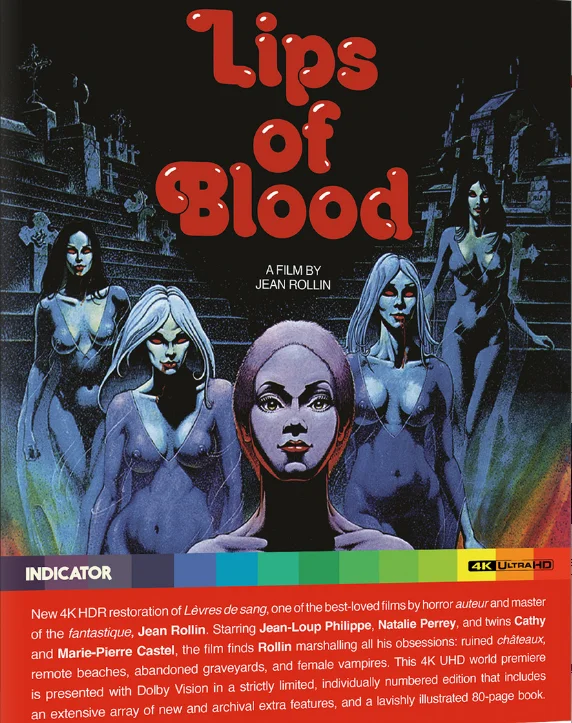The Ladies of the Bois de Boulogne 4K 1945 Ultra HD 2160p
Storyline
Hélène understands that Jean doesn't love her anymore. She is full of grief and anger, and she starts brooding on revenge. When she meets Jean, she pretends herself to be the one that has ceased to love the other. Jean is relieved, because now he thinks they can part as friends. Hélène goes to a night club, where a young woman, Agnès, is a famous dancer. Agnés has been forced into this life of debauchery and courtesanship because of poverty. She hates it and all the lecherous men. Hélène has met Agnès and her mother several years ago, and after the show she looks them up. She says that she will help them to leave this degrading life. The next day they shall move to an apartment she has rented, and stay there anonymously. Some days later she arranges a seemingly spontaneous meeting between Jean and Agnès in the Bois de Boulogne. Jean immediately falls in love with Agnès, who he thinks is an innocent girl from the countryside. Fueled by Hélène, and by Agnès's resistance, his infatuation turns into an obsession. Hélène's goal is to get Jean to marry Agnès, and then tell him that he has married a whore.
User Review
“The Ladies of the Bois de Boulogne” - an adaptation of D. Diderot's story ‘Jacques the Fatalist’, whose dialogues were completely rewritten by J. Cocteau. Cocteau, bears all the features of the so-called “daddy's movie”, against which fought the French “new wave”. Pavilion shooting, sentimental-pathetic dialogues, predictable mise-en-scene, luxurious interiors of huge apartments of representatives of the big bourgeoisie, affective lighting, deliberately highlighting the snow-white glow of the faces of beautiful actresses - all this, not to mention the costumes and makeup, cinephile knows from any taken at random European or American picture 30-40-ies. All these tapes look like twins and are incredibly outdated, especially when compared to the masterpieces of the 60s and 70s.
However, Bresson was in search of his style already in this picture. It is noticeable by some expressive details, plastically effective: how coherently the extras leave the frame in one of the scenes, as M. Cazares looks through the glass, as Agnès overturns the table, as her lover buys flowers in silence, behind the glass, then the frame in the butt - these flowers stand in a vase at their addressee.
But the main achievement of Bresson, which makes his movie quite bearable against the background of contemporary to him, suffocating from clichéd pictures, - it is impeccably maintained duration of each episode, ending with a blackout, they - much shorter than it was customary at the time, which sets the tape pace, rather peculiar to the 50's than the 40's.
As for the plot of the intrigue about a woman's revenge on her lover in a rather original way, everything could have been saved by a light frivolous irony, which is not alien to the French literary tradition, which is absent in “The Ladies of the Bois de Boulogne”, as everything is hopelessly spoiled by Cocteau's melodramatic dialogues, as from women's novels.
The game Cazares could impress with its statuesque aristocratism, as it was in “Orpheus” all the same Cocteau, if it were not for the almost obvious displeasure in the pronunciation of phrases and her very existence in the frame. From her own testimony, it was difficult for her to work with Bresson and was disgusted to play the way he wanted, which almost could not be hidden in the final editing. Bresson contraindicated to work with professional actors, and he realized this in the next picture.
As a screen version of the film well conveys the mood of Enlightenment literature, the spirit of French classicism, he - the same dead, inexpressive, cloth in its rigorism. At the same time, “The Ladies of the Bois de Boulogne” is a stylistically heterogeneous film, bearing in itself, along with classicist clichés and “daddy's” mise-en-scene, features of another, alien to him director's handwriting, which will appear in all its splendor in Bresson's next film “Diary of a Village Curé”.
Info Video
Codec: HEVC / H.265 (69.9 Mb/s)
Resolution: 4K (2160p)
HDR: HDR10
Aspect ratio: 1.37:1
Original aspect ratio: 1.37:1
Info Audio
#French: DTS-HD Master Audio 2.0 Mono
Info Subtitles
French SDH, English.File size: 43.35 GB

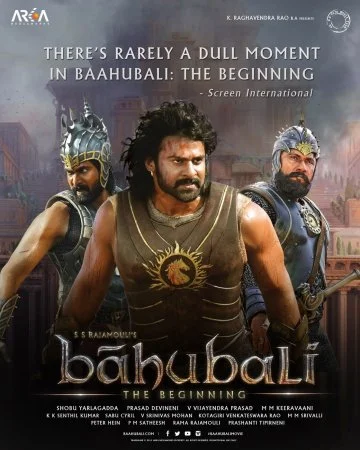
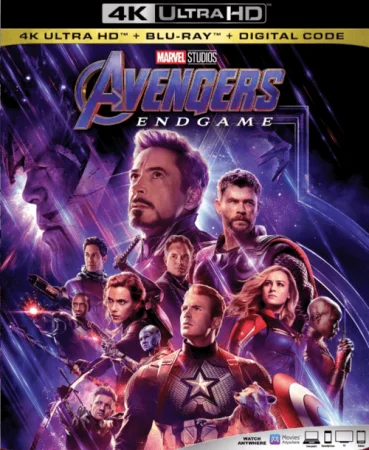
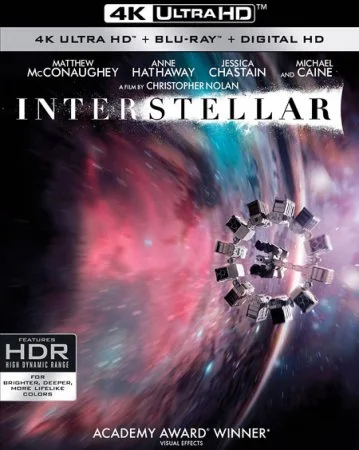
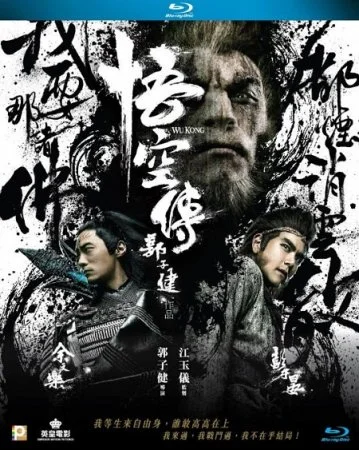
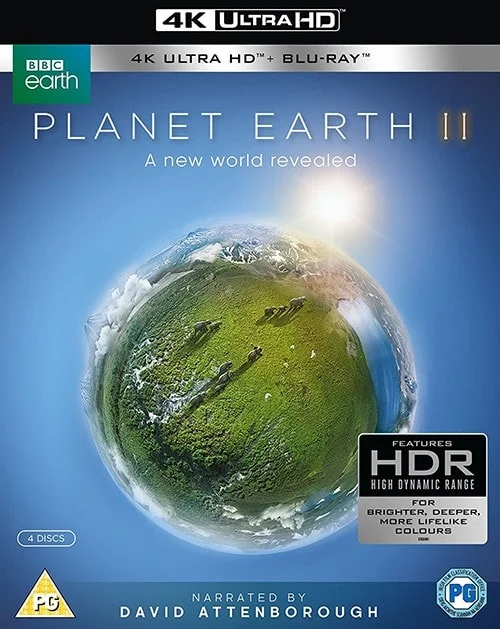

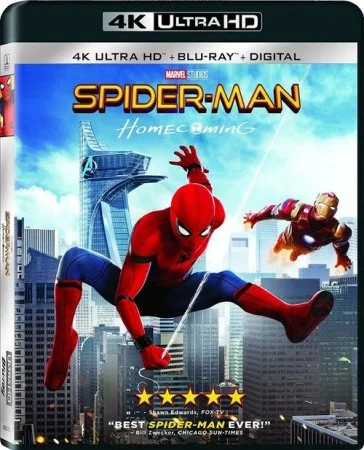
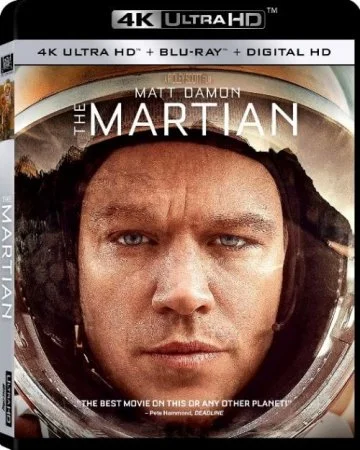
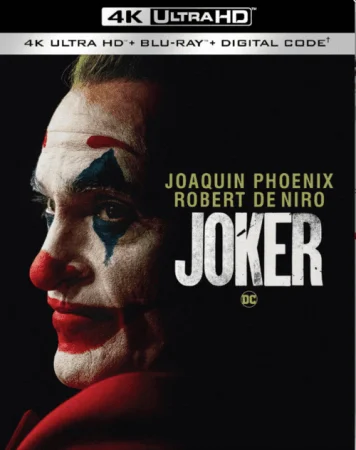
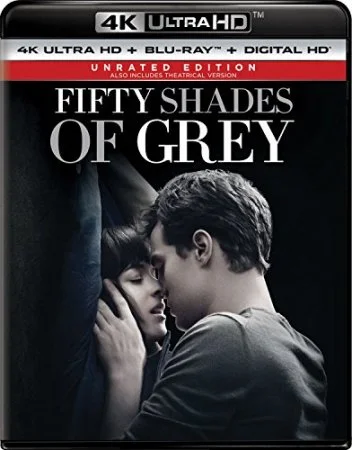
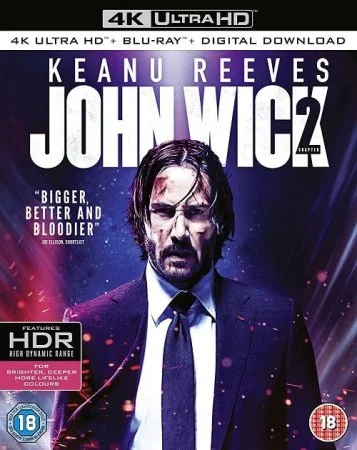

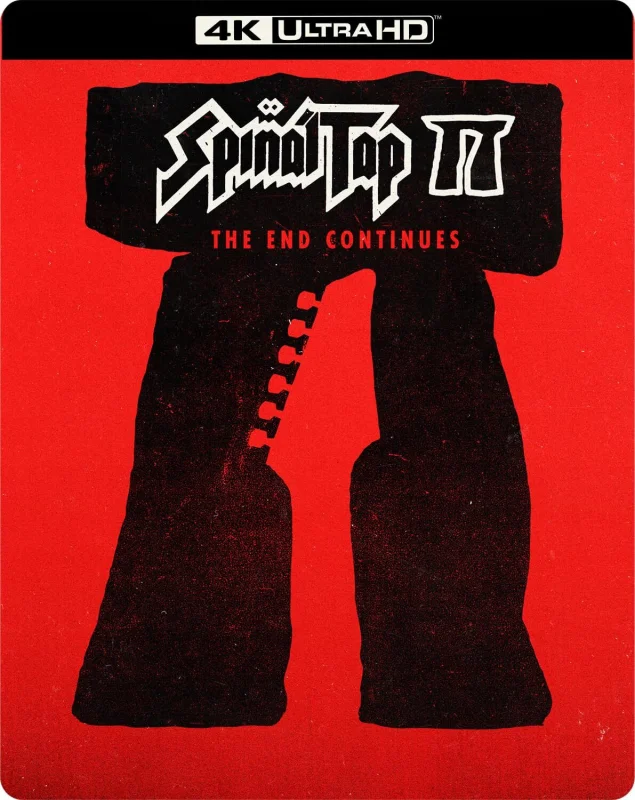
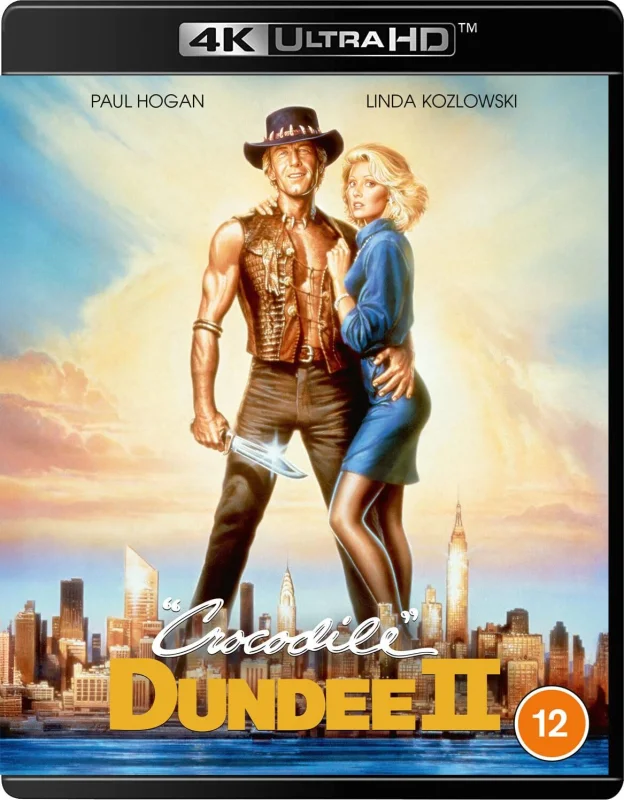
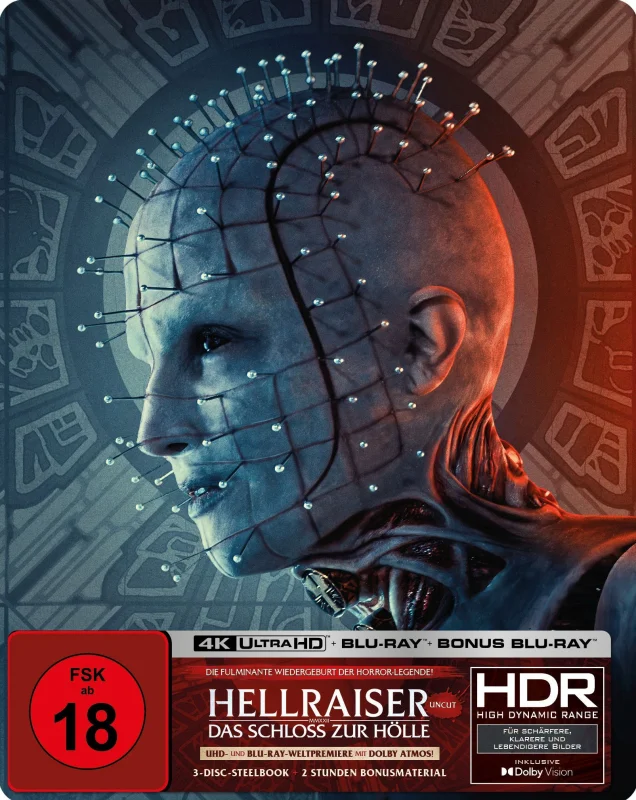
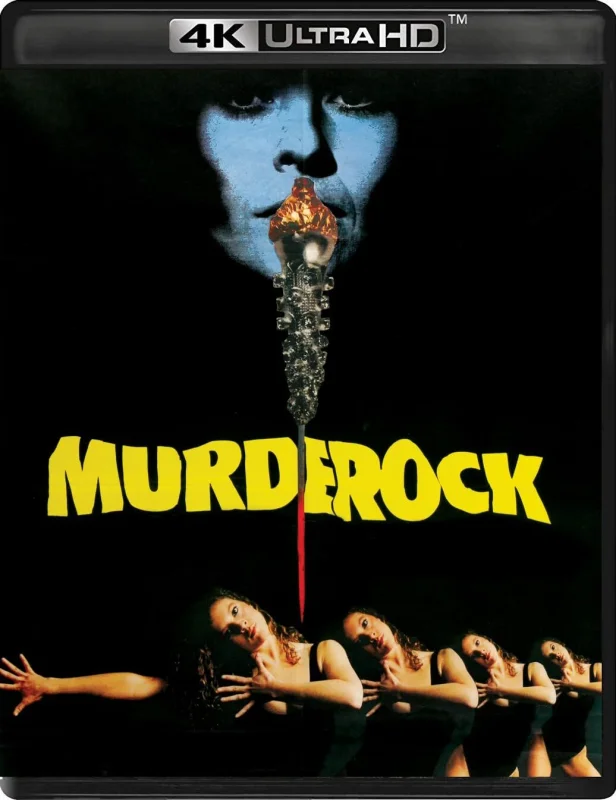
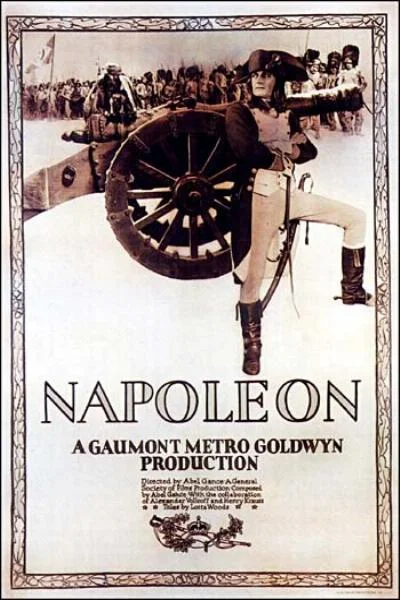
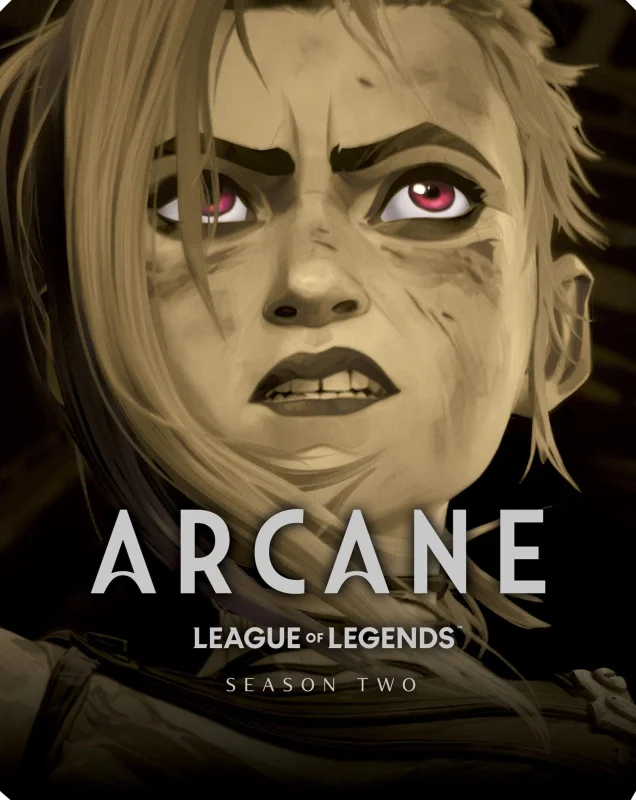

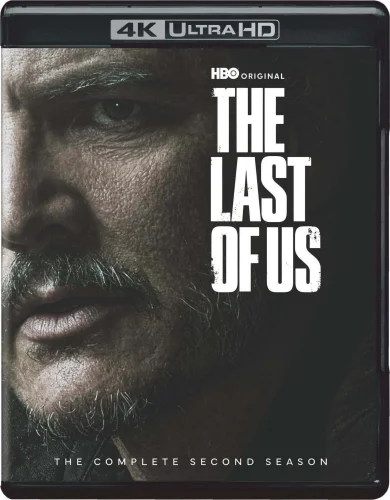
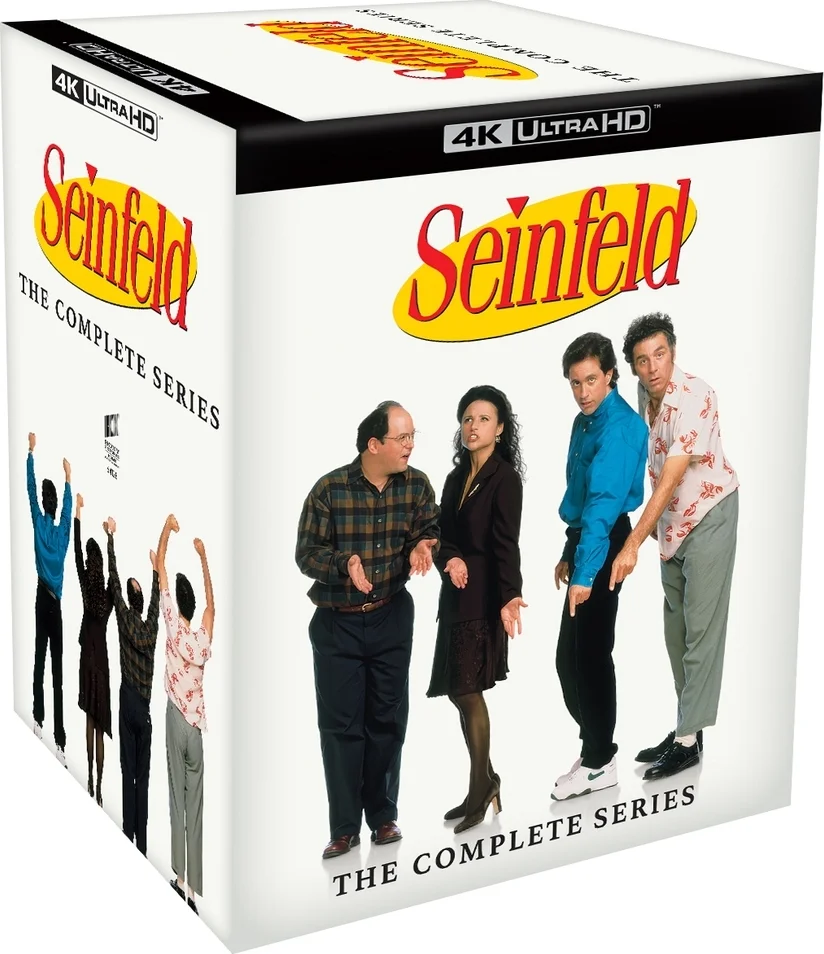
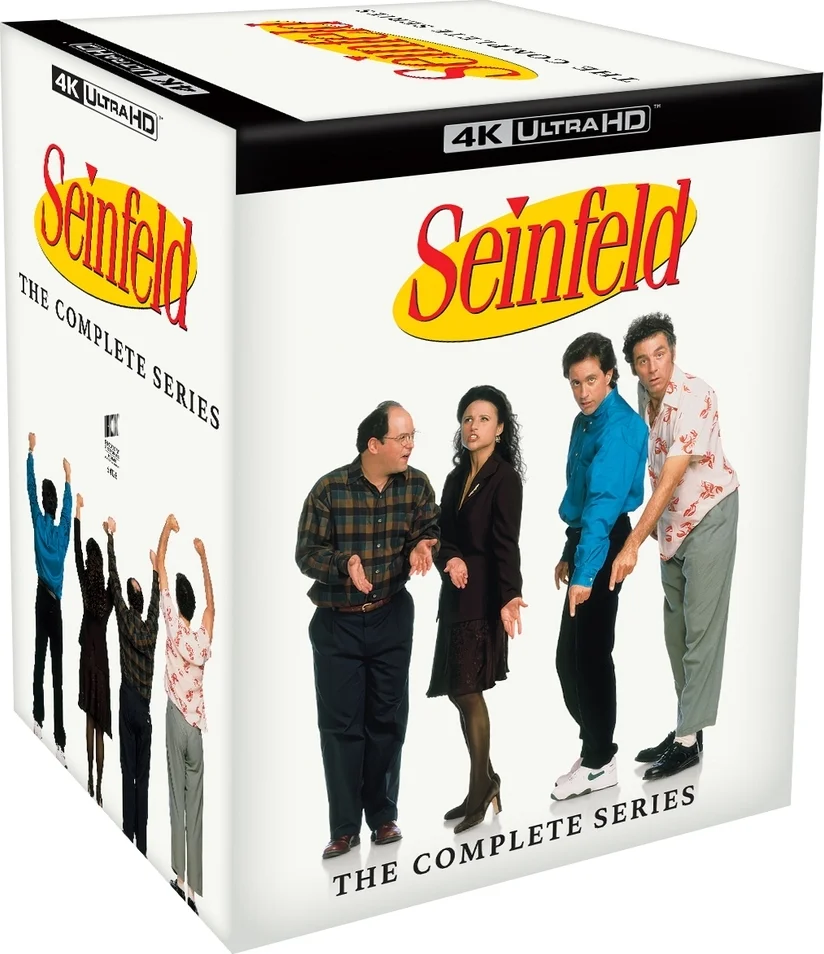
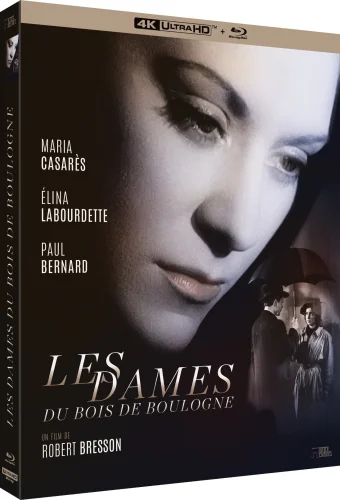
 Like
Like Don't Like
Don't Like